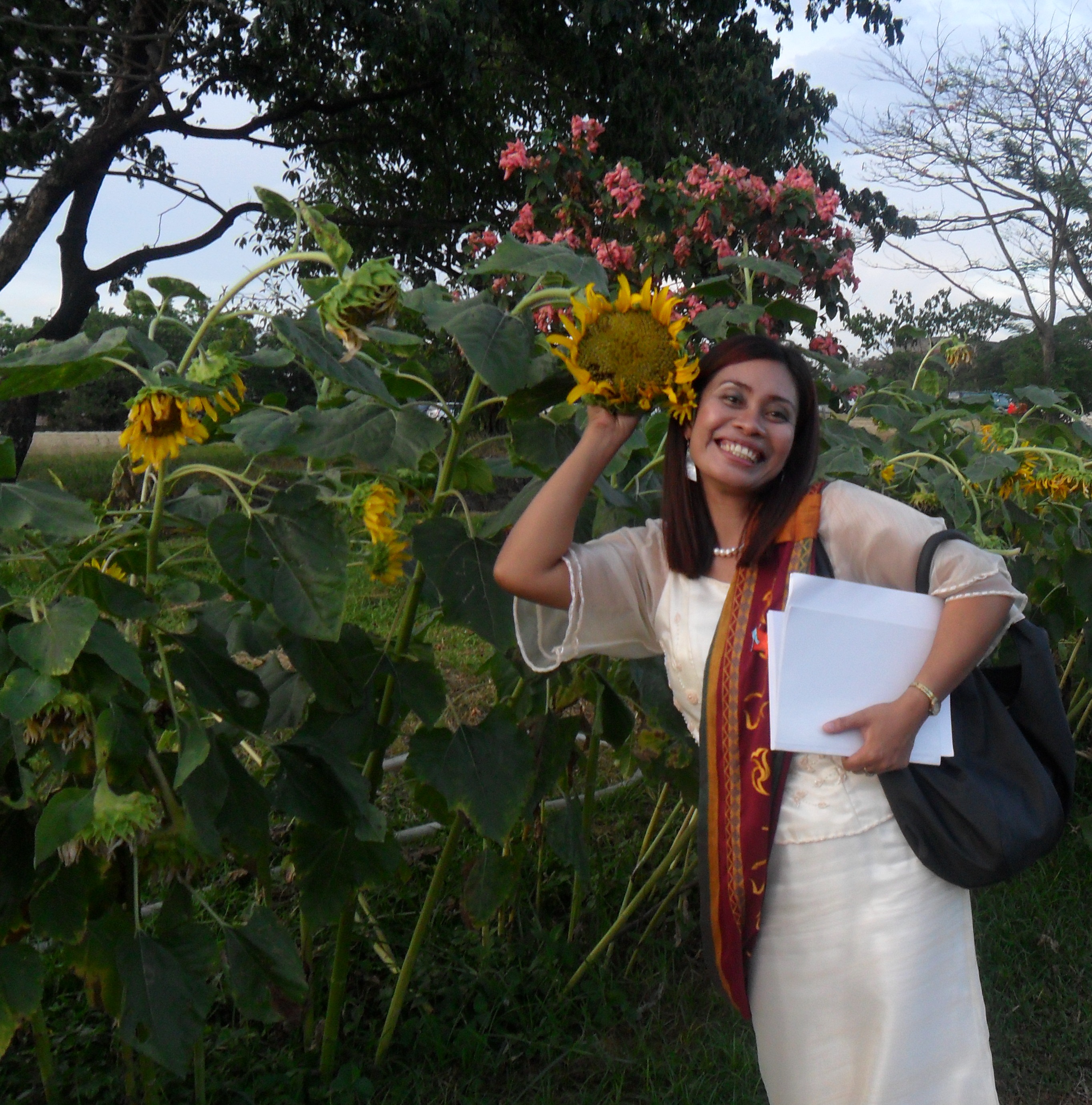Me and my language

Kut! I am Sharon Joy Estioca, a native Western Subanon. My language is also known as Subanon Siocon, but we call our language Sinubanon. Subanon is an indigenous language of the Zambonga peninsula, on Mindanao, the Philippines. It is spoken in Malayal, Lintangan, Siocon, Baliguian, Dicolom, Labason, Ipil, and R.T. Lim or Tupilac. Like other Philippine languages, Subanon is an ergative language and has a VSO word order. It has 2 areal dialects. Conservatively, there are about 150,000 speakers of Subanon.
However, there is a problem looming for us because our youth are not speaking Sinubanon like their elders did. They don’t hear it in their homes like they used to, and there are many other language influences that are adversely affecting the use of Sinubanon. If the present and coming generations stop learning and using Sinubanon, it will die and my Subanon culture will die with it. That is why it’s very important to document the Subanon language – so it will not be lost. For this reason, we have been working on creating a Subanon dictionary and have developed literacy instruction materials. This is also the reason is why I am studying linguistics. I hope to properly and comprehensively analyze and describe the grammar system of my language. It’s very important that every Subanon knows that their language is in danger if they do not realize that it is their responsibility to speak to and teach their children their language.
Language Basics:
My language is relatively easy to learn. There are 15 consonants and 5 vowels. In our orthography one sound corresponds to one symbol.
Here are some phrases in Subanon:
1. When you meet someone while going somewhere:
Ain ka posungu’? (Where are you going?)
Ain ka miktidu? (Where are you coming from?)
This is the normal greeting that we use instead of something like “good morning” or, “good afternoon”.
2. Useful phrases to elicit data:
Le, olo ini? (What’s this here?)
Le, olo koyo? (What’s that over there?)
3. When parting:
Moksuoy ita na. (Let’s seperate now.)
Pongmaya’a. (Take care.)
Mangoyu na. (I’m going now.)
4. When you want to buy something:
Andun ini? (How much is this?)
Language Information
Name: Sharon Estioca
Contact: sestioca![]()
![]()
![]()
Preferred language name(s): Sinubanon
Alternative names: Western Subanon
Language classification: Austronesian Malayo-Polynesian, Philippine, Greater Central Philippine, Subanon
Geographical areas where spoken: Malayal, Lintangan, Siocon, Baliguian, Labason, Dicolom, Ipil and R.T. Lim or Tupilac, Zamboanga Peninsula
Approximate number of speakers: 150,000
Other languages spoken in the community: Cebuano, Chavacano, Tagalog, Kolibugan, and Tausog
Official language(s) in your country: Tagalog, English
Other language(s) in your country: Ilocano, Ilonggo,
Does your language have a widely accepted writing system? Yes
If yes, what materials are written? Children’s book, Folktales, New Testament
My vitality assessment:
Severely Endangered
Inter-generational transmission:
Most adults and some children are speakers.
Absolute number of speakers:
150,000 (including different dialects)
Speaker number trends:
About half of the community members speak the language; speakers are diminishing.
Domains of use of the language:
Used in all domains except official ones (i.e. government and workplace); nearly all speakers value their language;education and literacy in the language is available; government and other institutional support for use is non-official. Used in government, mass media, education and the workplace; most speakers value their language education and literacy in the language are valued by most community members; government and other institutions support the language.
Other sources:
| Reported # of speakers | Vitality Assessment | |
| endangeredlanguages.com | – | – |
| ethnologue.com | 125,000 | Developing |
| en.wikipedia.org | 400,000 | – |

